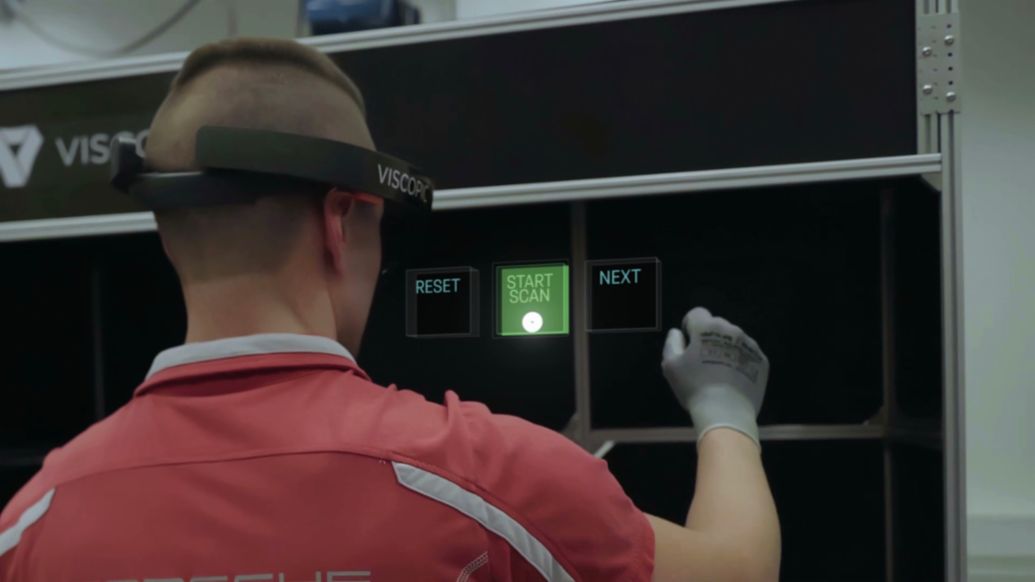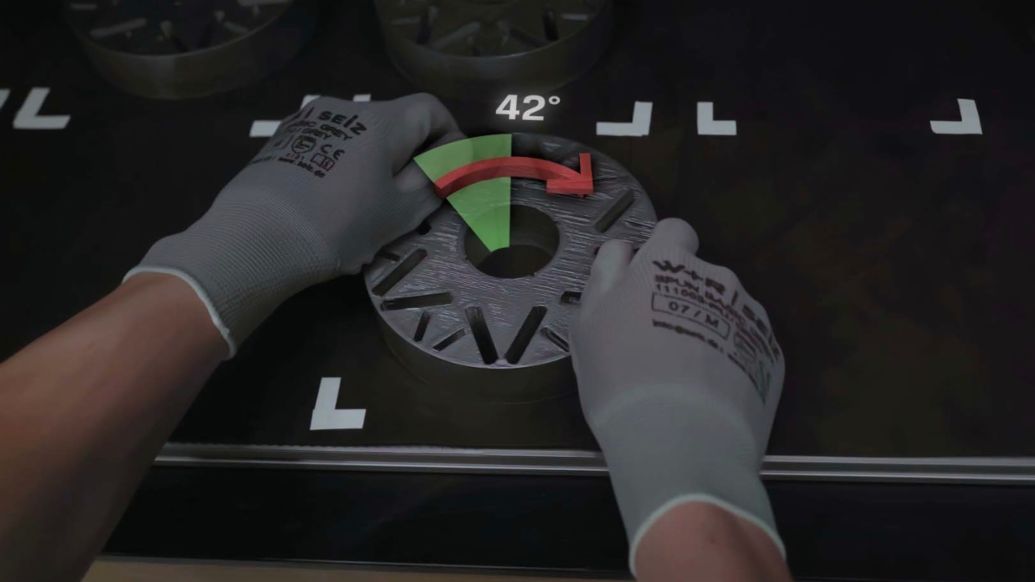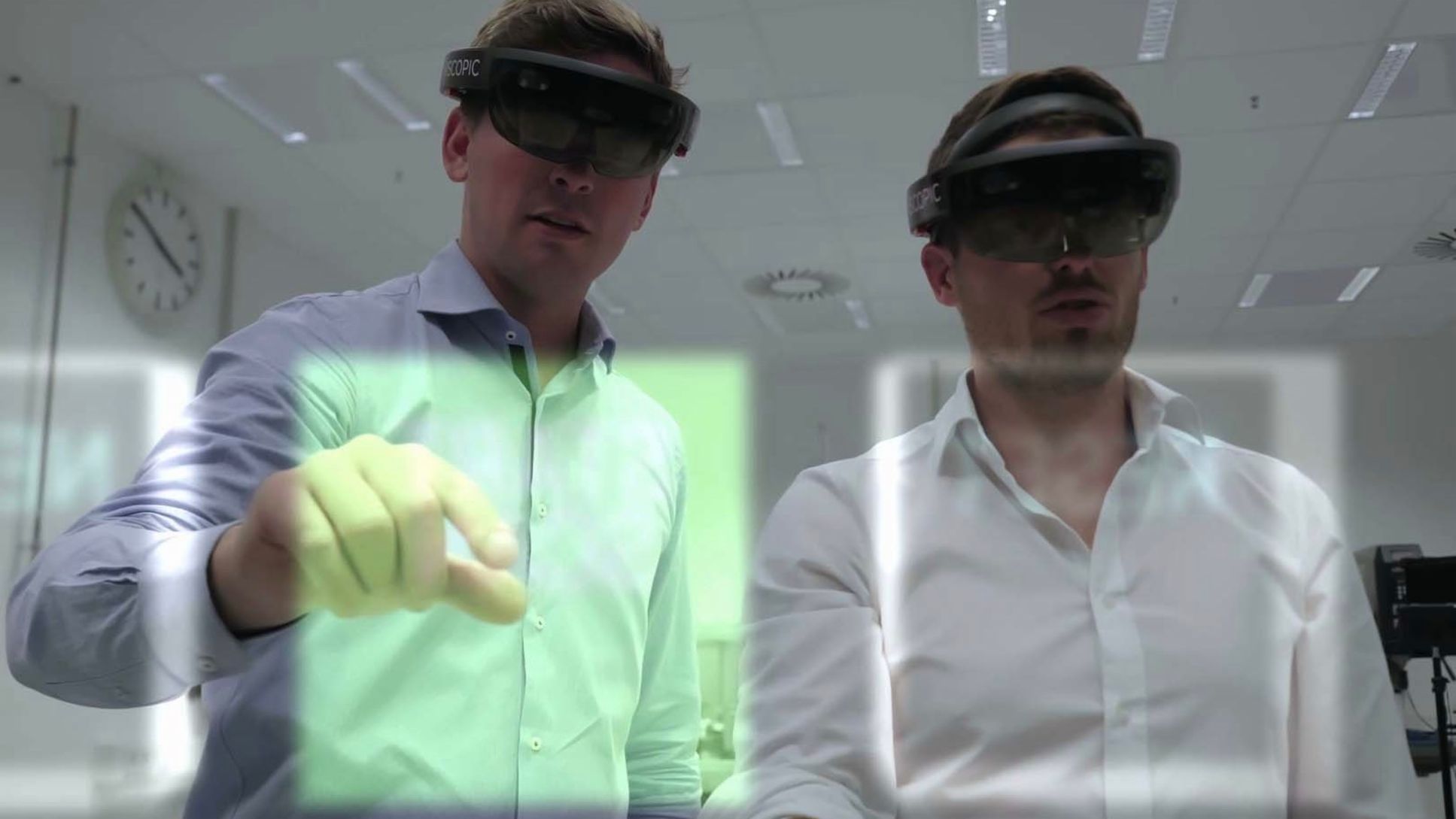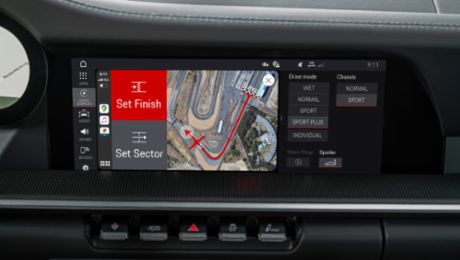Almost everyone will have experienced it: you have just fitted new batteries in something – but it still doesn’t work. Often it isn’t due to the device being broken: it can simply be that a battery has been inserted the wrong way round in error. Negative terminal to positive anode means no current will flow. This mistake is often made with AA batteries or button cells but when it comes to a nine-volt block battery, there is only one way it can be connected.
This principle is called “poka-yoke”, and is also used for SIM cards in smartphones: the card can only be inserted in the phone one way. Porsche also applies this method, and normally uses components that are designed according to the poka-yoke principle. This means that mistakes during assembly are excluded right from the start.

However, there are also areas where this idea for error prevention does not work. This is the case with the electric powertrain of the future, on which Porsche is currently working. During rotor assembly, parts made of laminated sheet metal are placed on a shaft. For electromagnetic reasons, there are numerous different variants with small geometric differences, which are not visible to the human eye. So, how is it possible to avoid errors in assembly? Classic poka-yoke does not offer any help here.
Instead, Porsche has turned to the digital world for assistance. Together with the start-up Viscopic, a solution has been developed for electric drive assembly where artificial intelligence helps to ensure correct installation. The Munich-based company specialises in mixed reality: as experts in the area of augmented reality and CAD-based vision systems, they design and develop software solutions for industrial applications, create prototypes and evaluate real-use cases.

The goal of the partnership is to jointly develop a solution based on computer vision for use in assembly. Computer vision is a field of AI and deals with ways of extracting information from visual data. This makes it possible to identify and categorise certain objects in images. A digital poka-yoke was developed on this basis to support the assembly engineers. Using augmented reality glasses, they can access instruction and troubleshooting manuals that help them when performing their work without taking their eyes or hands off the product. “The digital solution that Viscopic has developed for us is currently protecting us in the prototype phase against incorrect component installation,” says Tobias Schmack, Technology Developer in the Electric Drive Planning department. As part of a Startup Autobahn project, it was possible to integrate the AR solution in the electric drive pilot centre within just 100 days.

“Alongside the prototype environment, we are currently investigating the use of the technology in other interesting applications,” says Schmack. Planners, developers and maintenance engineers no longer have to be in the same room to collaborate on a project or troubleshoot unexpected faults. With respect to use in series processes, possible examples include virtual buildings and plant planning, virtual commissioning and remote troubleshooting for maintenance work.
Startup Autobahn
Porsche has been a partner of Startup Autobahn since 2017. The partnership was extended by a further three years at the start of 2020. Startup Autobahn acts as an interface between industry leaders and young technology firms. At the heart of the six-month programmes, business partners and start-ups work together in order to test their technology and achieve the joint goal: a successful implementation ready for production. Startup Autobahn is not a typical start-up accelerator, but provides an entire ecosystem for successful collaboration. This makes it a seamless match for Porsche’s goals, and therefore also establishes all the future prerequisites for cooperation with young companies.




